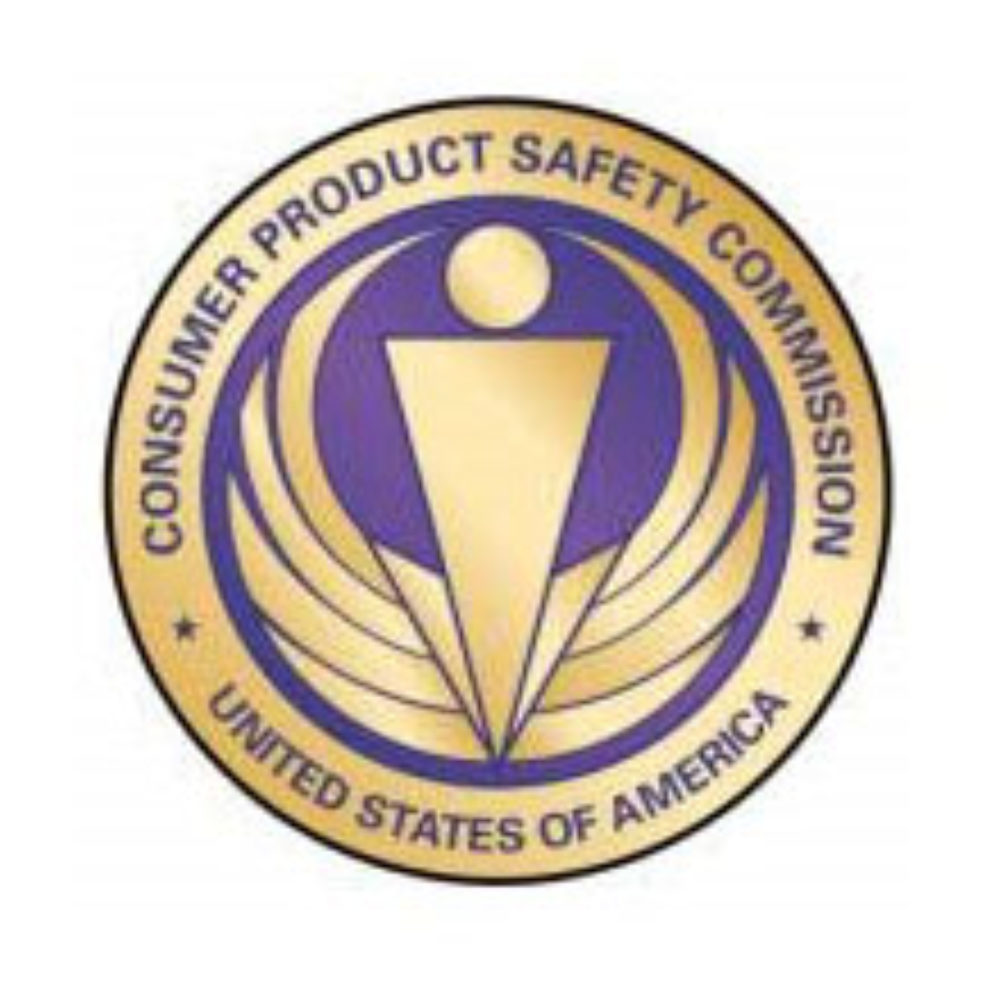Infant Swing Injuries, Deaths Result in New Federal Safety Standards

Following dozens of reports involving injuries associated with infant swings, including at least two deaths in recent years, federal regulators have put in place new safety requirements for manufacturers of the baby swings.
Earlier this week, new safety standards for infant swings were approved by a unanimous vote of the U.S. Consumer Product Safety Commission (CPSC). The standards apply all infant swings, as well as to cradle swings and travel swings.
Infants swings are a stationary product with a frame that is mechanically powered to allow a baby to swing in a seated position. The swings are meant for use from birth until a child is able to sit up unassisted.

Did You Know?
Millions of Philips CPAP Machines Recalled
Philips DreamStation, CPAP and BiPAP machines sold in recent years may pose a risk of cancer, lung damage and other injuries.
Learn MoreThe federal mandatory safety standard is intended to prevent injuries and deaths for children using the baby swings, and were prompted by numerous injuries related to infant swings that were reported to the CPSC.
More than 350 reports have been received by the federal safety regulators involving problems with infant swings that occurred between 2009 and 2012. Two incidents resulted in infant deaths and at least twenty-four non-fatal injuries were associated with the products. As a result, the mandatory standards were voted into place and will become effective May 7, 2013.
The new standard requires a stability test to prevent the infant swing from tipping during use, a safety test to prevent unintended folding and tests on the restraint systems to prevent breaking or slipping of the safety belts during use. It also requires a more explicit warning labels to prevent slump-over deaths for infants who cannot hold up their own head. The warning highlights the use of the swing in the furthest reclining position until the infant can carry the weight of its head or is 4 months of age.
Requirements also include a flat swing surface while in motion and at rest, electrically powered swings to be designed to prevent overheating and battery leakage, swings with seats at a 50 degree angle or greater to include shoulder restraints, safety tests to ensure swings with mobiles do not detach if pulled by the infant and testing for specific load and weight requirements.
Get more articles like this sent directly to your inbox.
"*" indicates required fields
1 Comments




barbaraMay 24, 2014 at 12:46 pm
is it possible for a baby 4months 16 lb.s to roll over in a graco swing and get his face flat against the back of the swing and suffocate?